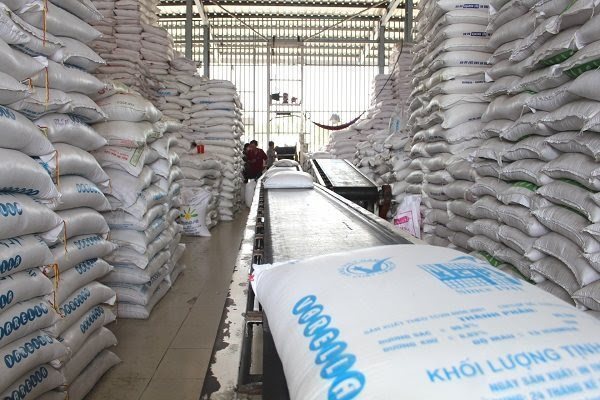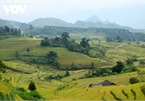The ministry will continue cooperating with the relevant ministries and agencies, the Vietnam Food Association and rice traders to develop the market share and promote Vietnamese rice in the EU market and seek new distribution channels.

The Ministry of Industry and Trade will have to direct the competent agencies and Vietnamese trade offices in European countries to continue to review, update and keep a close watch on the demands of these markets and their import policies.
In addition, the ministry must promptly provide information to the Vietnam Food Association and rice traders and cooperate with them to address any possible issues at the earliest.
Regulations on food safety, quality management and traceability in Europe should be provided to enterprises.
The ministry was assigned to coordinate with the Ministry of Agriculture and Rural Development to review and sign agreements on the recognition of rice quality and food safety standards with European markets, facilitating Vietnam’s rice exports.
Regarding trade promotion and branding activities, the ministry should diversify activities to introduce Vietnamese rice to foreign partners and introduce partners that have a demand for rice imports to Vietnamese firms.
It is especially important to work with the relevant ministries and agencies to improve policies to support rice exporters and encourage them to participate in public private partnership projects, global value chains and distribution systems.
Meanwhile, rice traders should apply quality management and food safety models and improve their marketing ability and ability to address trade disputes.
According to the Import-Export Department under the Ministry of Industry and Trade, Vietnam is always among the largest rice exporters in the world.
The country annually ships 6.4-7 million tons of rice to more than 100 countries and territories worldwide. In 2019, Vietnam exported more than 6.3 million tons of rice worth over US$2.8 billion.
In the January-September period this year, the figures were 4.99 million tons and US$2.45 billion, respectively. Asia remained Vietnam’s largest buyer with 3.2 million tons, accounting for 66.36% of the country’s total rice export volume.
The Philippines became the major importer of Vietnamese rice with 1.76 million tons, making up 36.14% of Vietnam’s total rice exports. Africa came in second with 0.91 million tons.
The department also stated that rice exports to Europe were modest, at 0.07 million tons, accounting for only 1.39%.
However, some European markets reported a surge in rice imports from Vietnam, such as Spain (up 107.1%), France (up 112.99%) and the Netherlands (up 36.58%).
This will be a good premise for Vietnam to continue grasping opportunities in the EU market as EVFTA has taken effect.
Experts also agreed that EU is a potential market for Vietnamese rice as its demand for rice imports is over two million a year, while Vietnamese rice exports to the region have accounted for a small proportion.
Under EVFTA, the EU provides an annual rice quota of 80,000 tons to Vietnam—30,000 tons of husked rice, 20,000 tons of unhusked rice and 30,000 tons of fragrant rice—and completely liberalizes the trade in broken rice.
Therefore, EVFTA will open up good opportunities for Vietnamese enterprises to diversify markets and boost the export of high-quality rice products.
SGT

Rice harvest season begins in Ta Leng
Local ethnic people in the town of Ta Leng, Lai Chau province have been busy harvesting rice in recent days with the area’s terraced fields being covered by a beautiful yellow colour due to the arrival of the rice ripening season.